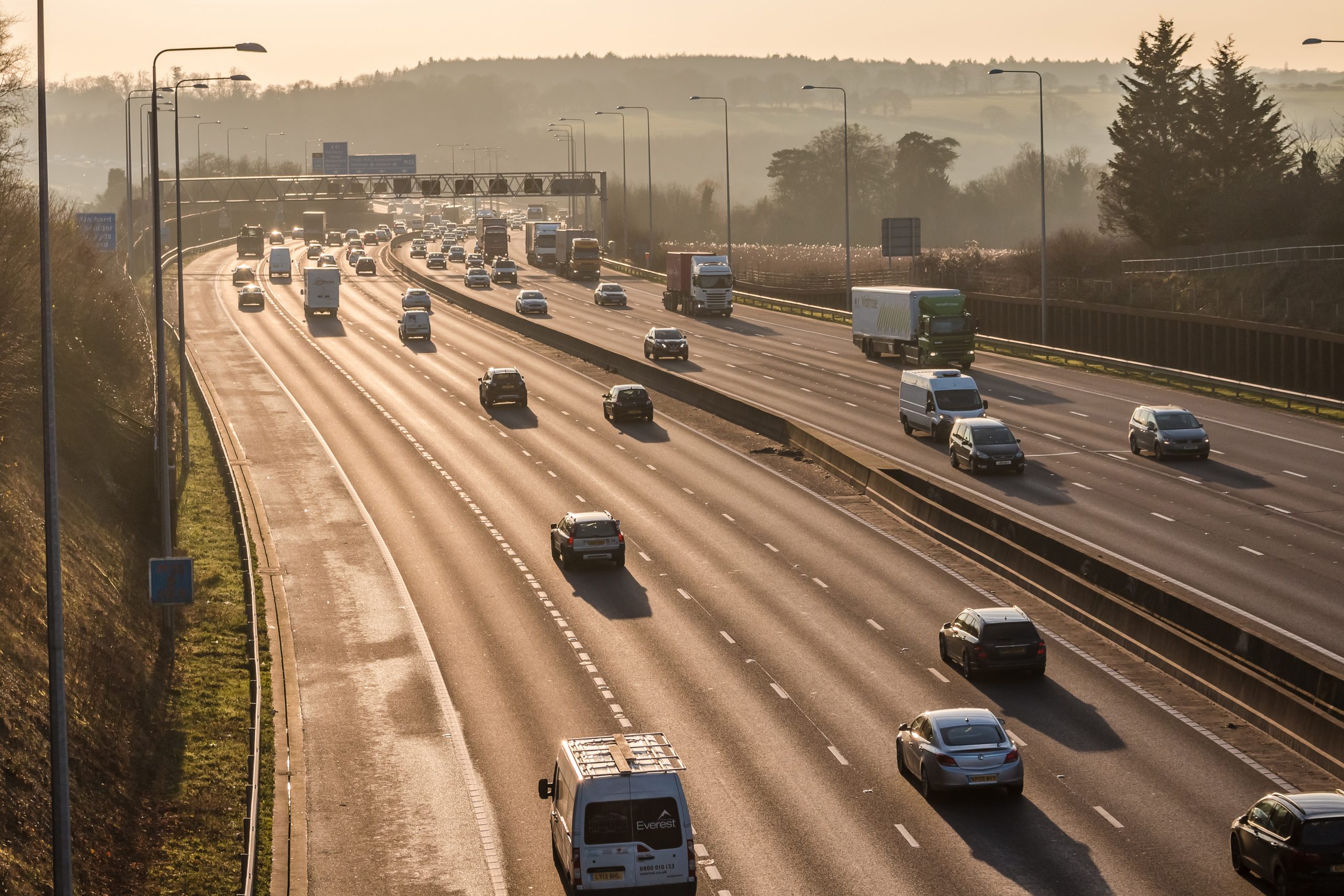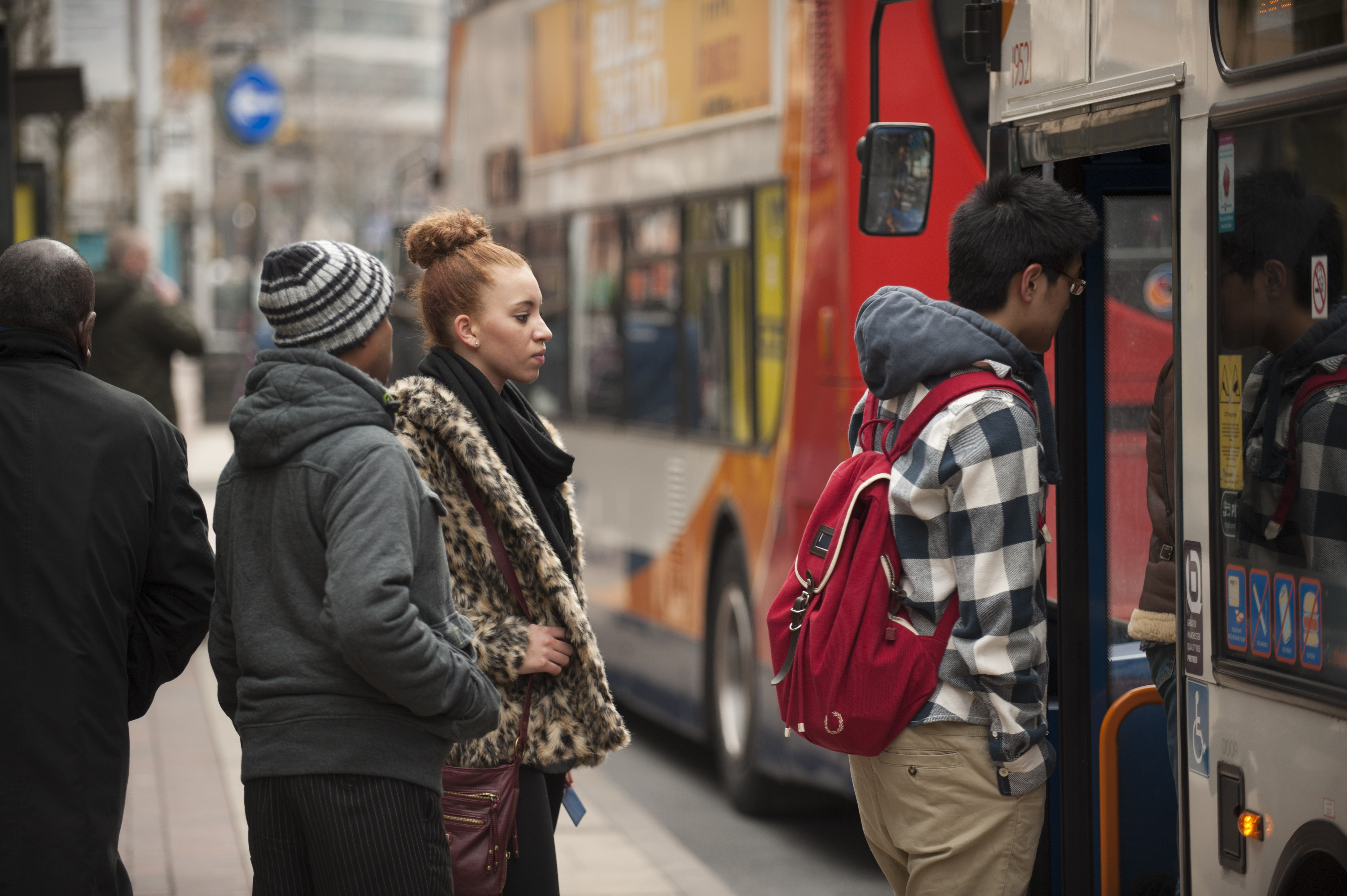
Can measuring passenger experience boost bus passenger journeys?
28 October 2016
The latest bus use figures, out this month, show a decline in bus passenger journeys in England of 2.6 per cent since 2014-16. This is both sad and worrying. The causes need to be addressed.
It is perhaps no coincidence that the Bus Services Bill, currently passing through Parliament, has increasing bus use as one of its key aims. The Bill will increase the range of options for the agreements that operators and local authorities can enter into. The way these agreements are structured could make a significant difference to the passenger experience. One way to help is measuring passenger satisfaction on a range of factors to assess how well the agreements are going.
If we look at the railways for a moment, there are parallels with franchising. These agreements in rail increasingly ensure that the passenger satisfaction measurement is at the core of the contract. If the specified scores are not reached, there are fines levied on the company operating the franchise. The new Greater Anglia franchise, which began earlier this month in East Anglia, will use monthly National Rail Passenger Survey (NRPS) satisfaction measures as a guide to how well the franchise is doing. These will be reviewed by the Department for Transport every six months and there are significant penalties if the satisfaction levels are too low.
Our Bus Passenger Survey is a similar tool to the NRPS which has proven useful in driving a better bus passenger experience. There is great potential for new bus agreements in the Bill to have passenger satisfaction measurements at their heart to show how the operators are doing. Could such measurements help reverse the decline in bus passenger numbers?






